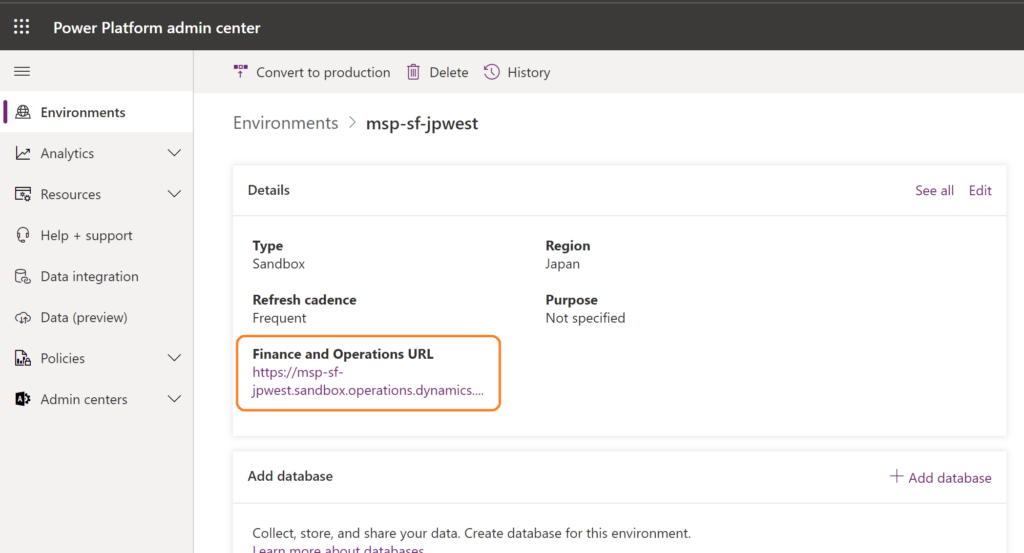With over 33 million monthly active users, Microsoft Power Platform is playing a pivotal role in transforming enterprise operations globally through innovation and automation. This suite of AI-powered, low-code tools enables organizations to streamline processes and drive efficiency. Microsoft has also been recognized as a Leader in the 2024 Gartner® Magic Quadrant™ for Enterprise Low-Code Application Platforms, thanks to Power Platform.
Additionally, a 2024 Forrester Consulting study, the Total Economic Impact™ of Microsoft Power Platform, reveals impressive results: a 224% return on investment (ROI), an $81.7 million net present value (NPV), and a 7% increase in revenue over just six months of using Microsoft Power Platform!
Clearly, Microsoft Power Platform is fueling innovation across industries. When integrated with Microsoft Dynamics 365 Finance and Operations, its potential is further amplified.
In this blog, we will explore the extensive capabilities unlocked by Power Platform integration with Finance and Operations apps, and how this synergy can drive greater operational efficiency, enhance data insights, and accelerate business growth.
What is Microsoft Power Platform: A brief overview
The Microsoft Power Platform is a comprehensive suite of tools that empowers users to quickly build custom solutions with minimal code. With over 1,000 connectors, Power Platform seamlessly integrates data across applications, allowing organizations to optimize workforce processes. Additionally, it ensures that all created assets are managed and tracked efficiently, adhering to compliance and governance standards that meet enterprise-level security requirements. This enables businesses to innovate and automate with confidence, knowing their data and processes are secure and streamlined.
It consists of five main components:
- Microsoft Power Apps allows users to create custom applications with a low-code or no-code approach.
- Microsoft Power Automate helps automate workflows and tasks across various applications and services.
- Microsoft Power BI is a data visualization tool that enables users to create interactive reports and dashboards.
- Microsoft Power Pages allows users to build secure, low-code websites.
- Microsoft Copilot Studio allows businesses to deploy virtual agents to provide customer support and assistance.
Microsoft Power Platform Integration: A gateway to enhanced capabilities
Microsoft Power Platform integration refers to the process of connecting the Power Platform with other Microsoft products and services, as well as external systems, to create seamless and powerful solutions. This integration allows users to leverage the capabilities of Power Apps, Power Automate, Power BI, and Power Pages with other tools and data sources, enhancing productivity and efficiency.
You can enable this feature through Microsoft Dynamics Lifecycle Services (LCS). By integrating your Finance and Operations apps with Microsoft Dataverse and the broader Microsoft Power Platform ecosystem, you can maximize your investment and enhance your business capabilities. Whether you’re building low-code applications or fully integrating front-office and back-office systems, the integration of these platforms is a key requirement for many organizations seeking to streamline their processes and improve overall efficiency.
Here’s what you can do once the Power Platform integration is enabled:
- Build low-code apps and flows
Automate workflows and build apps using the Power Platform environment that directly integrate with your finance and operations apps.
- Seamlessly connect data
Manage your data effortlessly by integrating finance and operation apps data with Dataverse using virtual tables, business events, and dual-write capabilities.
- Expand your Dynamics 365 ecosystem
Connect to other Dynamics 365 applications to enhance the functionality of your finance and operations solutions.
- Include add-ins
Boost productivity with specialized add-ins designed to work harmoniously with your existing finance and operations apps.














